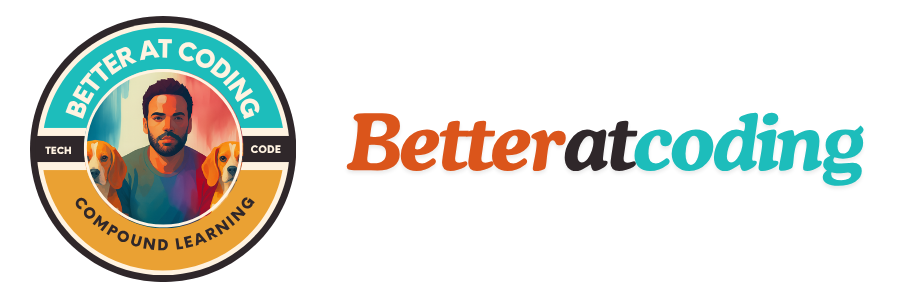The accelerating growth in technology and the increasing complexity of projects have contributed to a steeper entry into software development. A college education is no longer enough for you to be or stay relevant in the field. This thirst for "up-to-date" material has also led to a high increase of self-taught developers using the internet as their teachers and mentors to fill the knowledge gaps. However, it is not always bottle flies and rainbows.
One of the main issues for developers is finding worthwhile and relevant learning resources they can rely on. He/she will find thousands of online resources available on the web. However, not all of them will follow the best practice, go to length on that topic, or worse, provide you with the wrong information.
In this field, quality is better than quantity. Therefore, in no particular order, these are the best books every developer should read to expand their knowledge and become an expert in their nitch.
Clean Code: A Handbook of Agile Software Craftsmanship

Even bad code can function. But if code isn’t clean, it can bring a development organization to its knees. Every year, countless hours and significant resources are lost because of poorly written code. But it doesn’t have to be that way.
Clean Code is divided into three parts. The first describes the principles, patterns, and practices of writing clean code. The second part consists of several case studies of increasing complexity. Each case study is an exercise in cleaning up code–of transforming a code base that has some problems into one that is sound and efficient. The third part is the payoff: a single chapter containing a list of heuristics and “smells” gathered while creating the case studies. The result is a knowledge base that describes the way we think when we write, read, and clean code.
Code Complete: A Practical Handbook of Software Construction

Widely considered one of the best practical guides to programming, Steve McConnell’s original CODE COMPLETE has been helping developers write better software for more than a decade. Now this classic book has been fully updated and revised with leading-edge practices—and hundreds of new code samples—illustrating the art and science of software construction. Capturing the body of knowledge available from research, academia, and everyday commercial practice, McConnell synthesizes the most effective techniques and must-know principles into clear, pragmatic guidance. No matter what your experience level, development environment, or project size, this book will inform and stimulate your thinking—and help you build the highest quality code.
Design Patterns: Elements of Reusable Object-Oriented Software

Capturing a wealth of experience about the design of object-oriented software, four top-notch designers present a catalog of simple and succinct solutions to commonly occurring design problems. Previously undocumented, these 23 patterns allow designers to create more flexible, elegant, and ultimately reusable designs without having to rediscover the design solutions themselves.
The authors begin by describing what patterns are and how they can help you design object-oriented software. They then go on to systematically name, explain, evaluate, and catalog recurring designs in object-oriented systems. With Design Patterns as your guide, you will learn how these important patterns fit into the software development process, and how you can leverage them to solve your own design problems most efficiently.
Refactoring: Improving the Design of Existing Code

Improving the Design of Existing Code, renowned object technology mentor Martin Fowler breaks new ground, demystifying these master practices and demonstrating how software practitioners can realize the significant benefits of this new process.With proper training a skilled system designer can take a bad design and rework it into well-designed, robust code.
In this book, Martin Fowler shows you where opportunities for refactoring typically can be found, and how to go about reworking a bad design into a good one. Each refactoring step is simple--seemingly too simple to be worth doing. Refactoring may involve moving a field from one class to another, or pulling some code out of a method to turn it into its own method, or even pushing some code up or down a hierarchy
Head First Design Patterns: A Brain-Friendly Guide

At any given moment, someone struggles with the same software design problems you have. And, chances are, someone else has already solved your problem. This edition of Head First Design Patterns--now updated for Java 8--shows you the tried-and-true, road-tested patterns used by developers to create functional, elegant, reusable, and flexible software. By the time you finish this book, you'll be able to take advantage of the best design practices and experiences of those who have fought the beast of software design and triumphed.
Conclusion
Software development is a fast-paced, competitive market; new languages, frameworks, patterns, tools, and software engineering roles seem to be appearing every day.
Developing a habit of occasionally reading new material and books will help you in the technical aspect of your career and help you better understand and develop a common language with your coworker, thus allowing less friction when communicating ideas.
Every person reads programming books for different reasons, but a mandatory action needs to happen right after reading each chapter. Putting into practice what you just have learned will solidify the new knowledge. Implementing what you have learned will make you more comfortable and productive in the long run.


